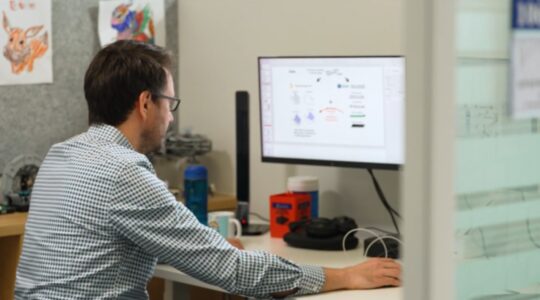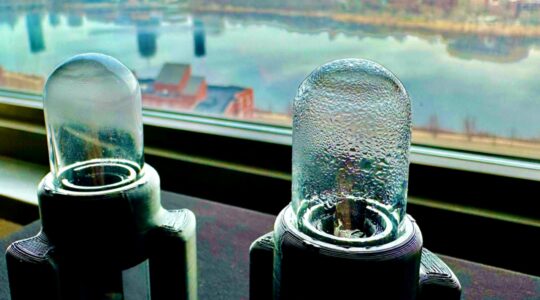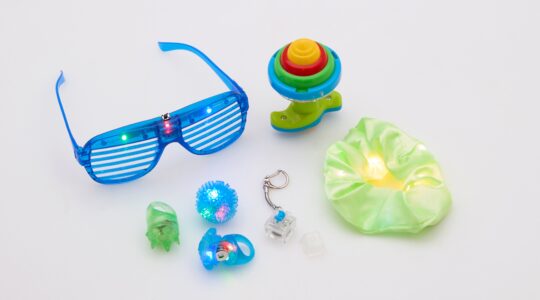North Queensland researchers have developed a process to convert microplastics into a product harder than diamond.
James Cook University Professor Mohan Jacob said the new technique converted the toxic plastic debris to graphene, a one atom thick carbon material.
Professor Jacob said as well as being harder than diamond, the product was 200 times stronger than steel and five times lighter than aluminium, with its use growing in several industries.
He said the research not only pioneered a novel approach to graphene synthesis, but also contributed to the broader goal of mitigating the adverse effects of microplastic pollution on ecosystems.
“These microplastics are notorious for their non-degradable and insoluble nature in water and are an evolving threat to fish and animals and humans,” Professor Jacob said.
Fellow researcher Dr Adeel Zafar said the recycling of microplastics faced significant challenges due to labour-intensive separation processes and high costs, resulting in very low resource recovery globally.
“Upcycling, which involves transforming plastic waste into higher-value materials rather than simply breaking it down, has a high demand,” Dr Zafar said.
He said the team ground up plastic bottles into microplastics and then used a new Atmospheric Pressure Microwave Plasma synthesis technique to convert the debris to graphene.
“Approximately 30 mg of microplastics produced nearly 5 mg of graphene in one minute. This production rate is remarkably higher than achieved previously, and offers a simpler, more environmentally friendly alternative to current techniques,” Dr Zafar said.
He said the graphene produced could be used for several applications including the manufacturing of various sensors and water purification, including the absorption of PFAS.








